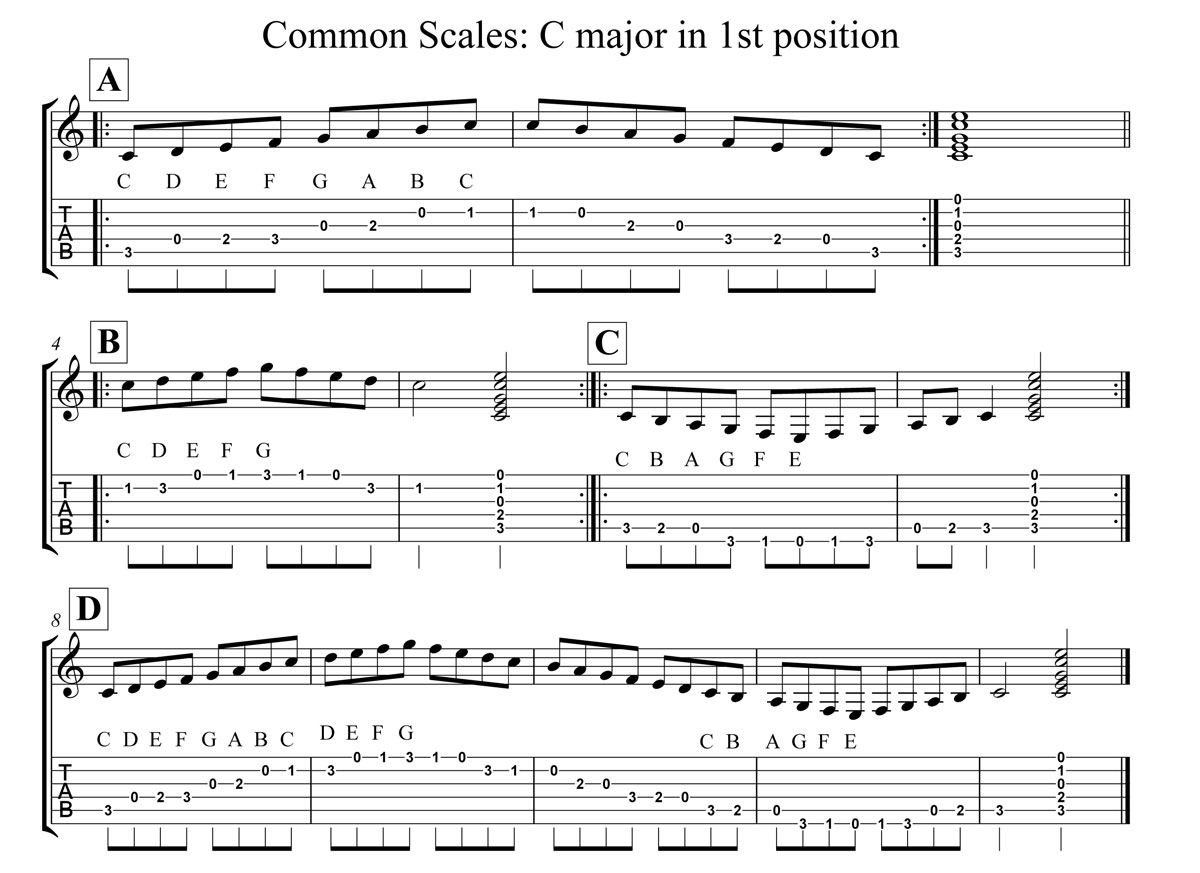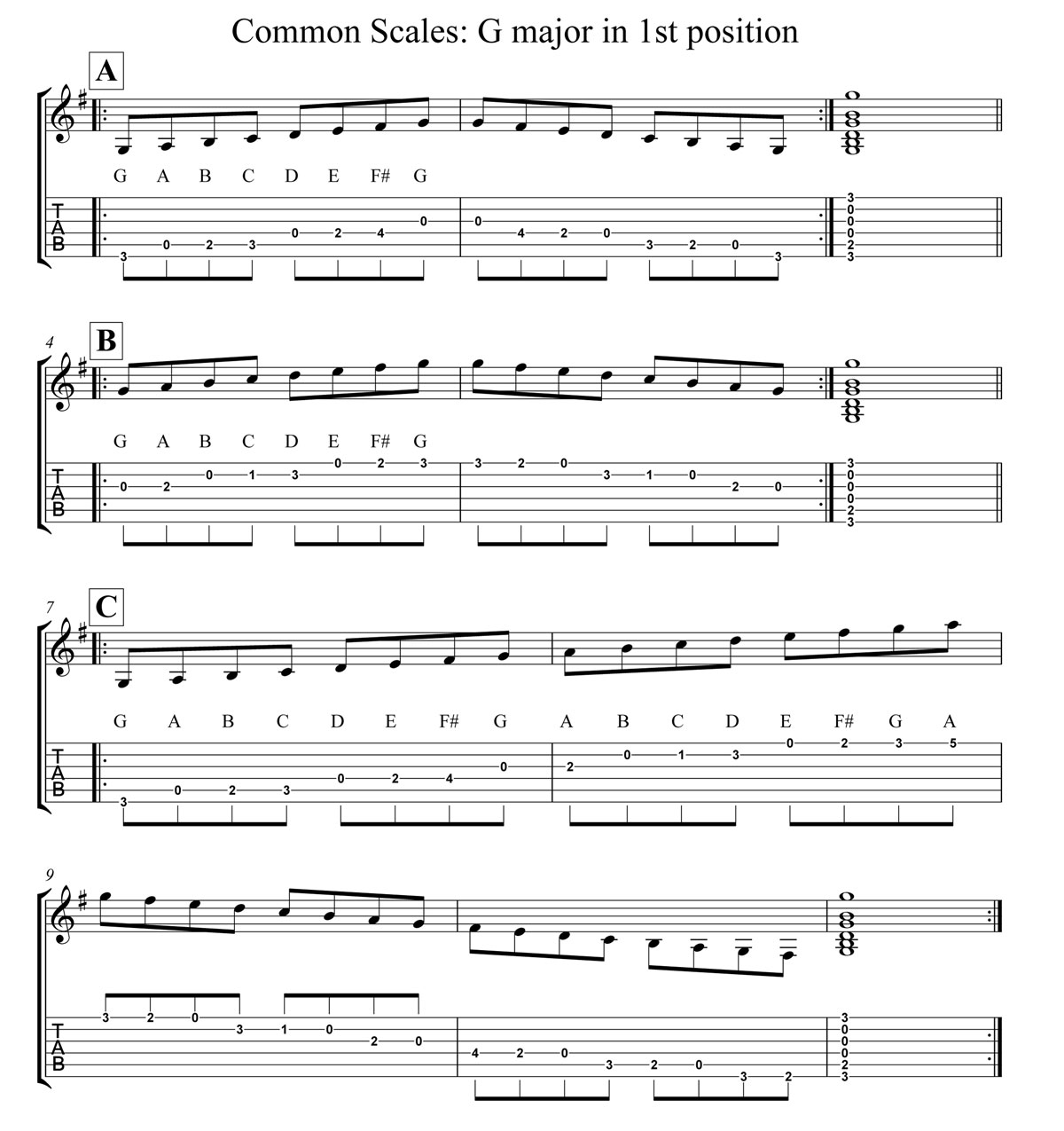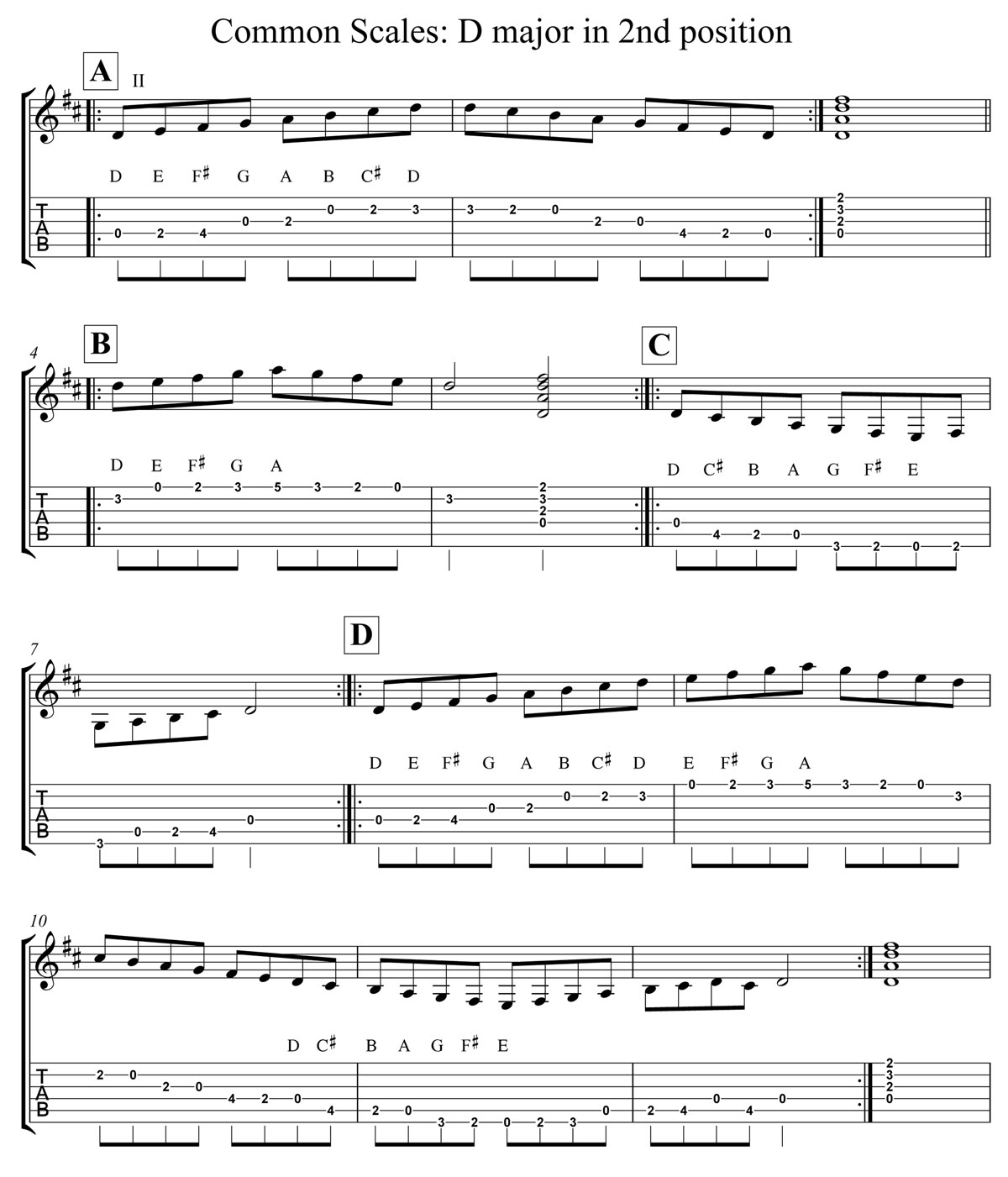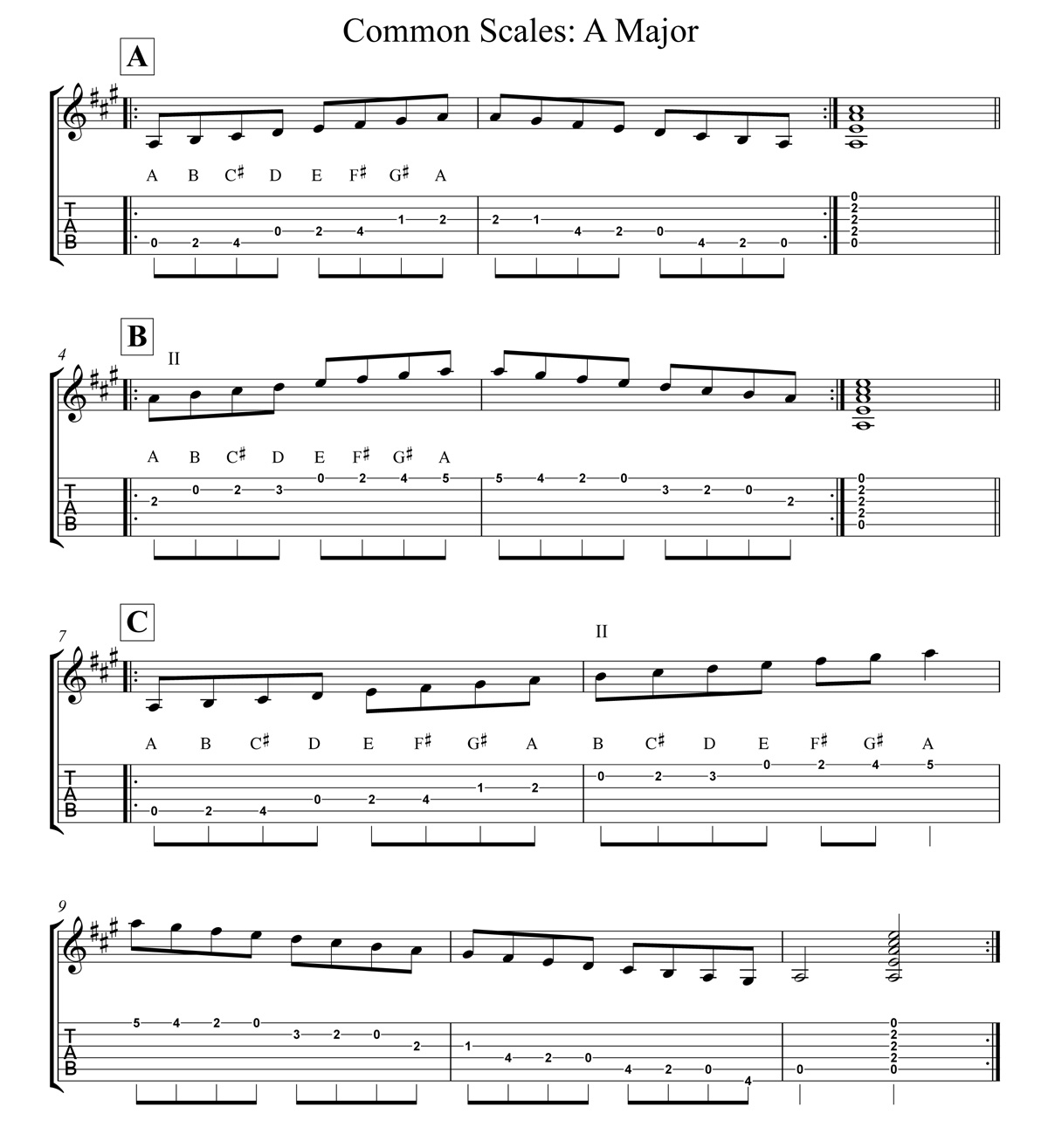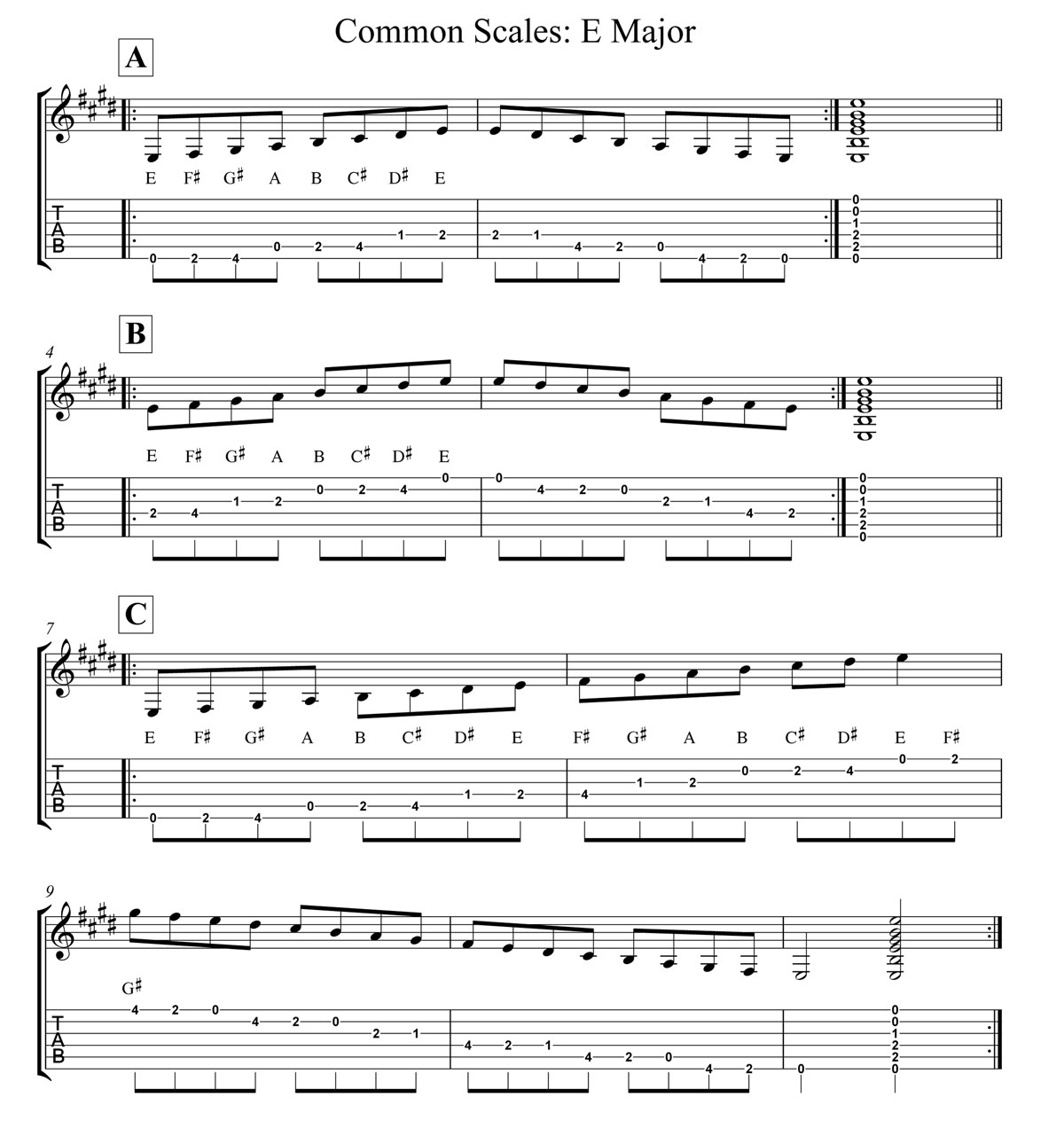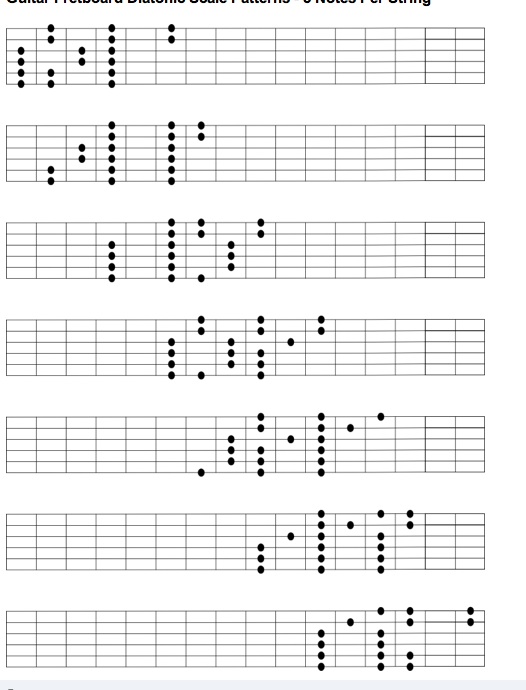|
dararith -> RE: Picado practice and scales (Sep. 10 2012 7:09:42)
|
quote:
This year I have finally decided to take picado and scales seriously...I rarely practice picado because a) it bores the hell out of me b) I have a severe lack of knowledge in regards to scales that I need to fix, which might also be the indirect reason for a)
But now this is really becoming a big obstacle that I need to sort out. I have done a search on the Foro but found nothing conclusive that's answering my questions..
So I was wondering if anyone has any advice how I should tackle this. My problem is that I know my music theory in, well, theory, I know how to construct scales and chords but I have very little actually ingrained and applicable in practice. In particular I need to improve fluency between individual positions/patterns, "knowing where I am" etc...not sure how to practice that.
I think I should start by learning common flamenco scales in their open positions and across the fretboard...so E Major/Phrygian, A Major/Minor/Phrygian, C# Phrygian would be a good start I think.
Is there any website that can spit out diagrams for these in different positions across the fretboard? Or a recommended book? I am a bit unsure if simply figuring the notes out for myself and creating my own diagrams is a good idea. But I guess I could buckle down and do that too.
Any advice regarding the learning approach?
Ah! I share your pain in picado / chord scale / theory frustration. I have been on and off during this whole process and have been trying to make this less painful to learn. I'll be reviving this few month old thread in hopes of anybody having any new ideas.
quote:
Fingering should be easy to understand assuming you are simply running up or down the scale and not doing a pattern of sorts. Simply start first note with index ascending and end with pinky on each string....the fingers in between to should be logical. Half step use middle, whole step use ring. It's that simple. In the case you must to two whole steps some players feel more comfortable doing that stretch 124....Pepe Habichuela for example. Most other flamenco players used 134 for whole step stretches as we often need to do those under an index barre. But it is really what you feel more comfortable with when it comes to simply running the scale.
I wanted to add to munin's original post about achieving fluency on the fingerboard, I would avoid running full scales all together. Get used to rhythmic sequence patterns. For example up 3 notes jump back a third and continue up. Or up 4 notes, down 3, up 5, drop a third and continue same pattern. Another is up 6 notes, down a third and continue pattern up. Using 3 note patterns above, you cover more ground interms of fluency of string crossing with specific note groups and gain speed faster then just running up and down scales. Those types of patterns you can reverse sequence when you get to the top string.
Lastly focus on right hand picados in short bursts. Like the unison picados of Mediterranean Sundance, 23532 on E string, 45754 on B string, etc but in compas....that is important. Also the short run in Zyrab is a good exercise in short bursts. 2520 on E string, 2520 on B string, 3430 on G string, 4 on D string and stop on beat. Start slow in 3 beats starting on down beat of one measure and end on downbeat of the next. Lead with index of Right hand and don't increase speed past where you can control the timing. You can wait several measures before your next speed burst. Over time you will develop speed with short bursts of simple patterns, you can increase the range of strings you cross. ONE AT A TIME though....don't just get good crossing 3 strings then jump to running full scales. Work your way into it.
This is immensely helpful. Part of the reason why I stopped is because I didn't know if I should practice scales using fingers 124 vs 134 (it's a pathetic excuse, but enough to not want me to do it anymore!) simply because I didn't want to learn it the 'wrong' way. Maybe I felt that even if 134 felt uncomfortable, I had to learn it anyway, or else I won't be able to learn certain phrases correctly down the line. Nice to know that it's whatever that is comfortable.
So it seems that the impression here is to:
1) Know CAGED chords/scales
2) Practice the scales by using rhythmic patterns in compas (i.e. up 4 notes , down 3, up 5, etc)
3) Practice short burst picados in compas on each string
4) Combine Steps 2/3
When I look at some of these scales, they are spliced in sections. I see that there's a lot in the open position, some in the 5th position, etc. Is it more beneficial to practice the above in these sections? i.e. go through the scales that El Tortuga has shown in the pics or what Paul has shown in his picture where I would just pick one of the fingering positions and practice each of those?
|
|
|
|
